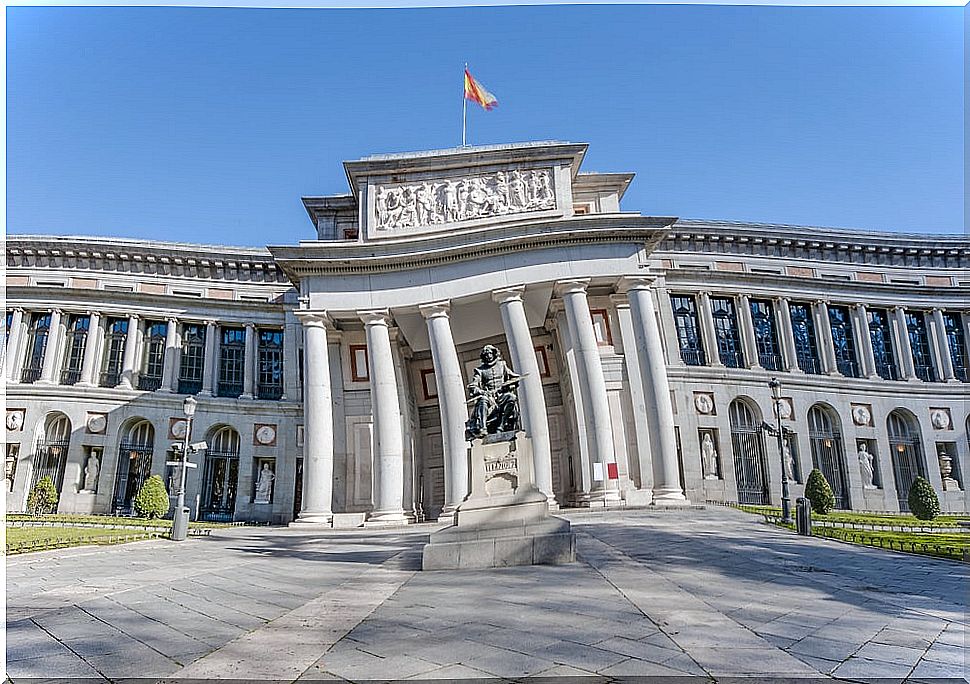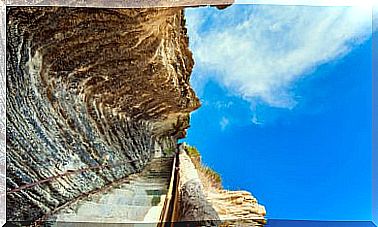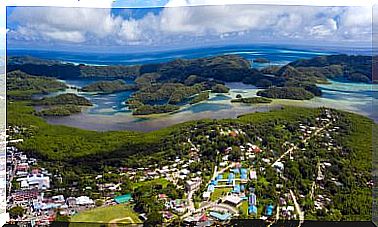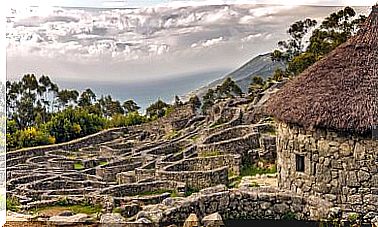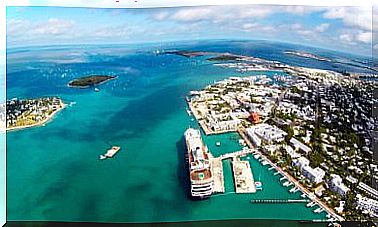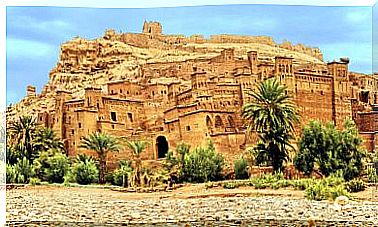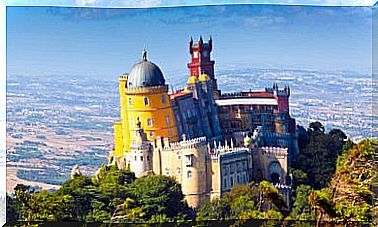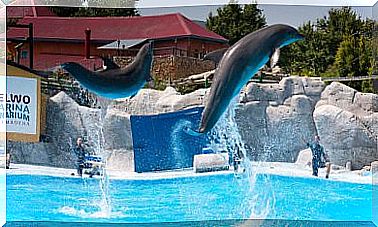San Antonio De La Florida And The Frescoes By Goya
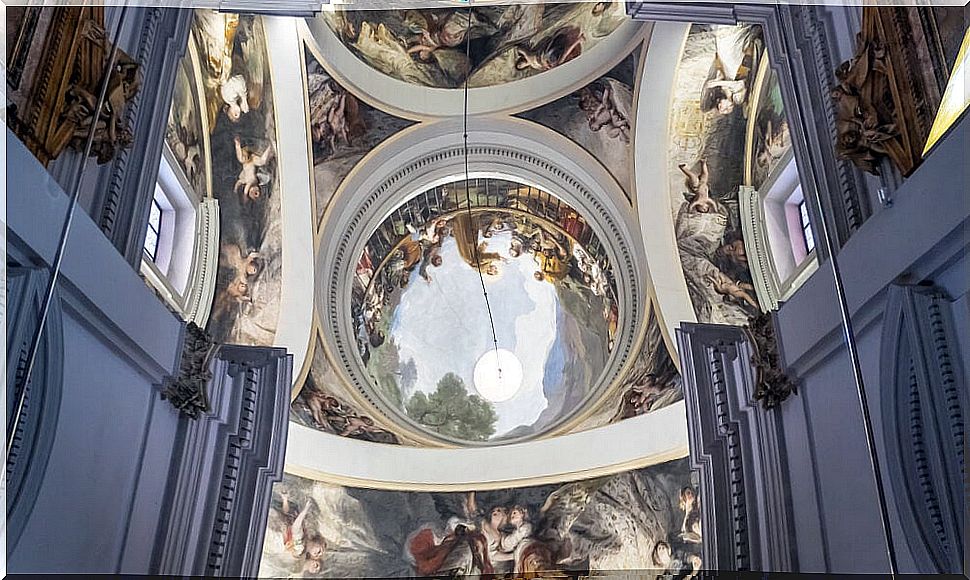
When Goya was commissioned to paint the frescoes in the hermitage of San Antonio de la Florida, in Madrid, he did not know that he was decorating the ceiling of what would become his mausoleum. Today, this building has been converted into a museum where the remains of the painter rest under the dome whose scenes he himself drew. Join us to get to know this jewel, an incomparable witness of the Aragonese genius.
Notes on the hermitage of San Antonio de la Florida

The temple is located in the Madrid district of Moncloa-Aravaca, in the square that bears the same name. It is the only hermitage that still stands of the three that existed dedicated to Saint Anthony of Padua in the Spanish capital.
The first of them was built in 1720 in the Retiro Gardens, thanks to the plans of the baroque architect José Benito de Churriguera. However, it was demolished a few years later, in 1768.
Later, Carlos III ordered the construction of a new hermitage to the Italian architect Francesco Sabatini in the vicinity of the Montaña de Príncipe Pío. But it disappears in 1792, already in the reign of Carlos IV. It will be he who will order the construction of another building after acquiring the lands of the Florida Palace.
Architectural features
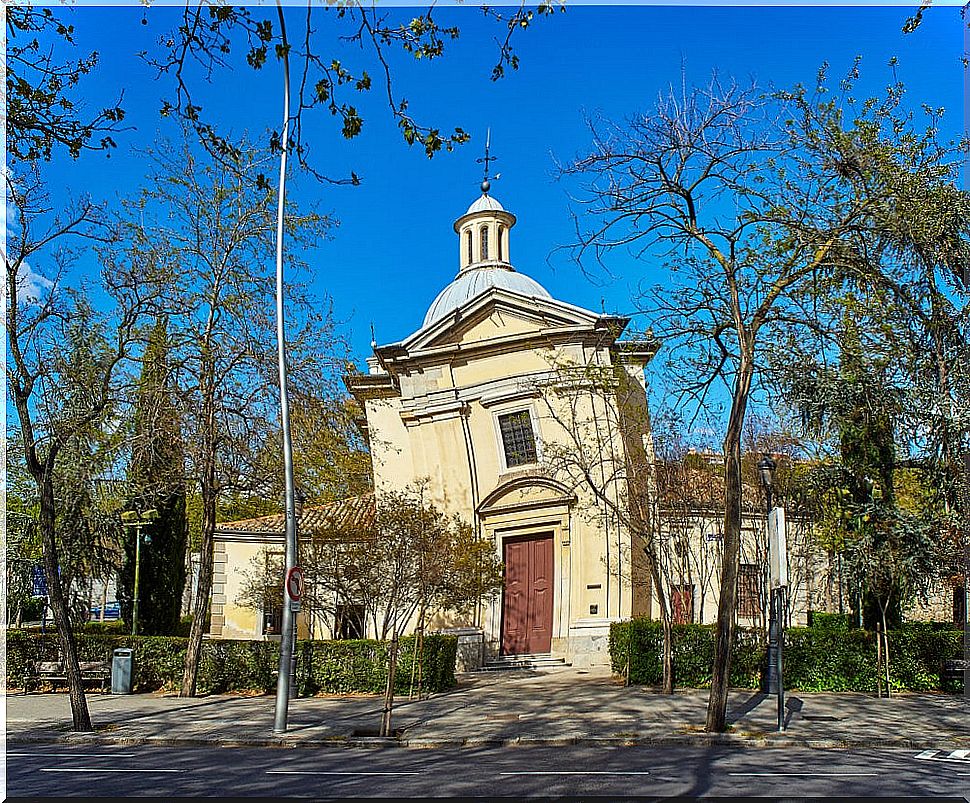
Filippo Fontana will take charge of the new project for the hermitage of San Antonio de la Florida, completing the works in 1798. The old palace is not preserved, as the Estación del Norte (today Príncipe Pío) was built in its place. However, Fontana’s work will still stand, containing Goya’s frescoes inside.
In this construction we can see a silver Greek cross, with short arms and a headboard with a semicircular apse. It is a neoclassical building of great sobriety. The dome with a lantern resting on pendentives is the main attraction.
The concern for the conservation of the frescoes of the Aragonese painter has always been capital. In 1905 the hermitage was declared a National Monument. A few years later, in 1928, the decision was made to build a ‘twin’ hermitage alongside the original.
In this way, the cult would be celebrated in this new temple and the other would be preserved as a Goya museum. This determination was carried out due to the deterioration that the paintings were suffering from the smoke from the candles.
Since the 19th century, the San Antonio de la Florida festival has been celebrated next to the hermitage every June 13. In it, the ritual of the 13 pins is still carried out to invoke Saint Anthony as a matchmaker.
Goya’s frescoes in San Antonio de la Florida
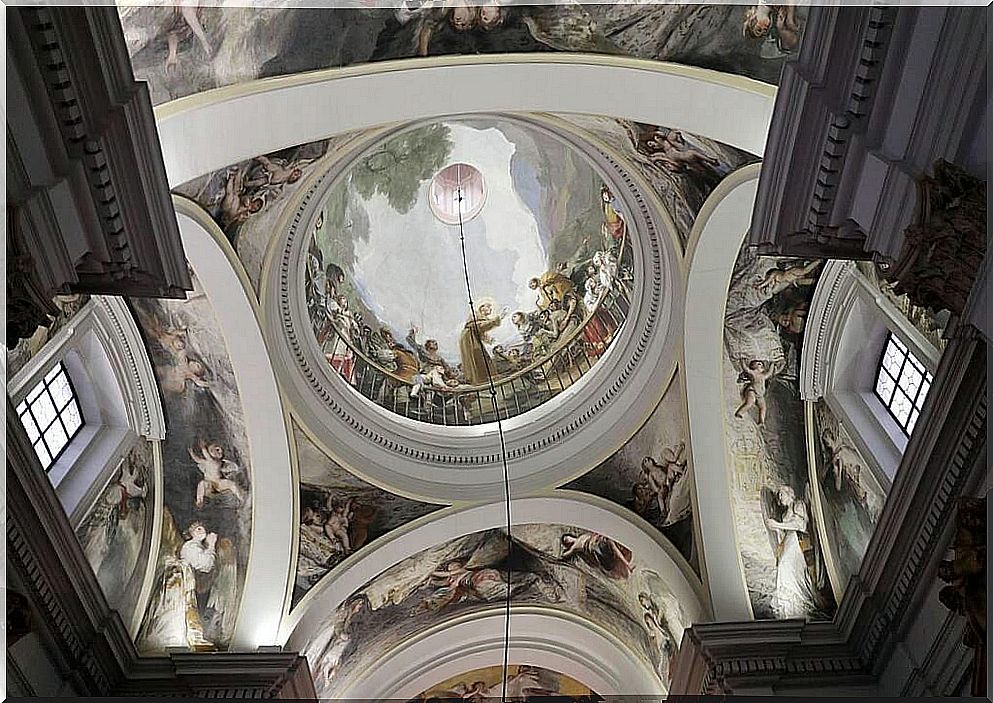
The simple style of the building makes the true protagonist of Goya’s work. The decade between 1790 and 1799 was a very prolific time for the master. As the first chamber painter, he made some of his most famous portraits. The Los Caprichos series inaugurates the romantic and satirical engraving thanks to its theme, its social criticism and its magnificent technical quality.
But the end of the century will not end for Goya without one of his main commissions as a court painter: Carlos IV commissioned him to decorate the interior of San Antonio de la Florida.
The theme of the frescoes
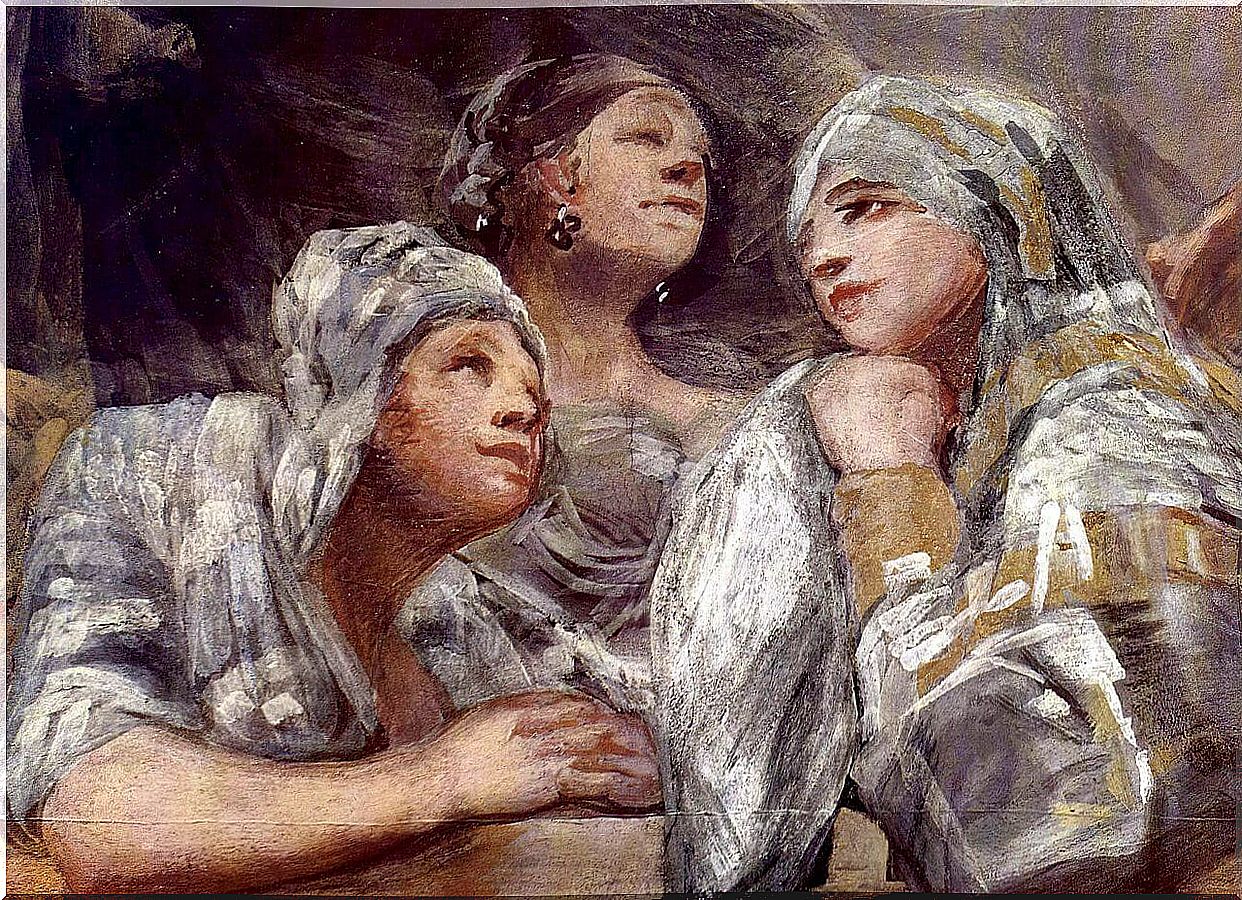
The choice of theme is already an innovation in itself. Goya decides to represent one of the less common miracles of Saint Anthony of Padua in his iconography. The saint’s father had been wrongly convicted of murder in Lisbon. For this reason, Saint Anthony travels there and resurrects the victim to testify against his real murderer.
The moment of resurrection is the one chosen by the painter to capture on the dome. The miracle takes place under the watchful eye of about 50 people. He places all his characters around a railing. It turns the medieval Lisbon society into groups of majas and chulapos of humble origin to recreate the Madrid of the time.
For this reason, although the theme and the place take us to a religious scene, Goya goes much further. Thanks to his faithful reflection of reality and his personal gaze, he gives us here a unique testimony without idealized visions.
In the vault of the apse it develops the theme of the Adoration of the Holy Trinity, with the same characteristics. In this way, the narrative focuses on the poor and the beggars around the saint. Around these characters is the heavenly court.
Goya’s technique in San Antonio de la Florida
What is truly innovative about this creation are the technique and procedure that the artist uses. Goya breaks with the established by decorating the dome with the most helpless layers of Madrid society. But he also keeps breaking all the traditional and academic rules when it comes to style.
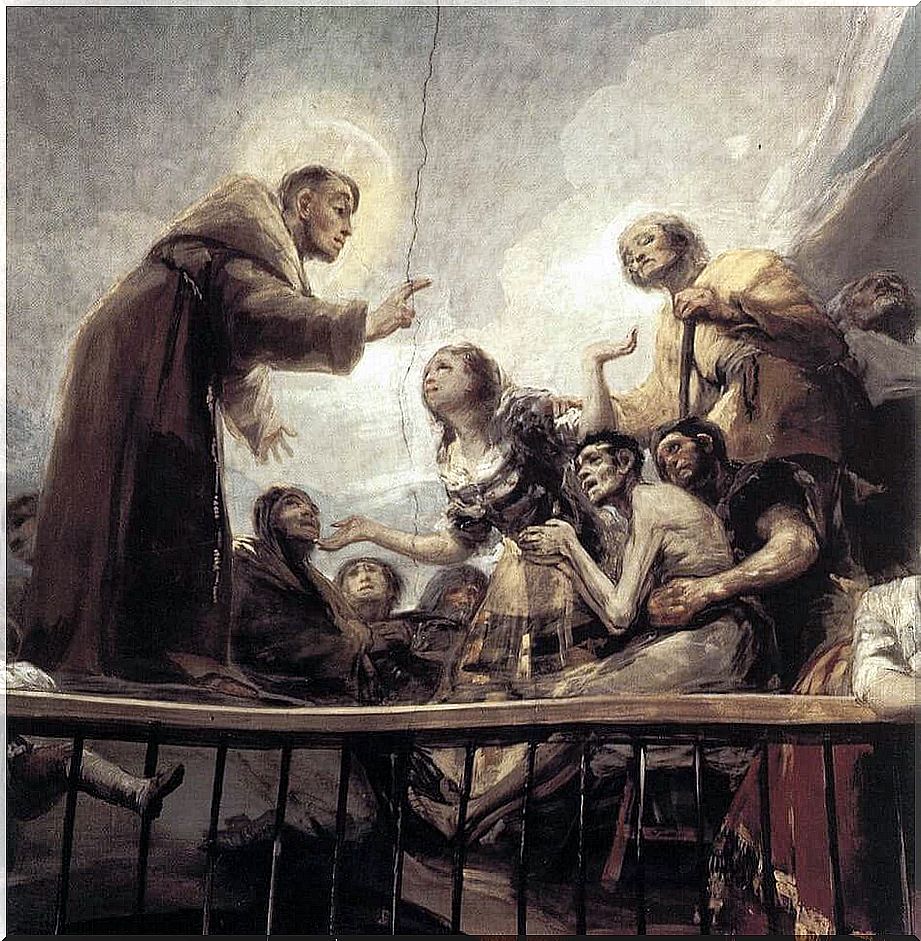
The view when entering the hermitage goes directly towards the beautiful frescoes. Goya uses a trompe l’oeil to place the figures around a frieze and surrounded by a railing. These characters are in motion, their attitudes are dynamic. The groups interact with each other, lean on that railing and create a magnificent optical effect.
There is an absolute naturalism in the gestures, many of the subjects are distracted and do not even look at the saint. The Sierra de Madrid can be seen in the background of the composition to simulate an open space.
Goya uses the fresco technique, but with tempera brushstrokes. The painter achieves almost sketchy, loose and very energetic lines. You can almost see a style that anticipates impressionism.
The color contrasts and the use of light make this work a true ‘Sistine Chapel’. The facial features of the characters are close to Los Caprichos , with expressions that give way to modernity. Goya’s creative freedom and the abandonment of academicism are more present than ever.
And we must not forget that under the dome we can pay our respects to the remains of this great artist. An artist who broke new ground for art history.
